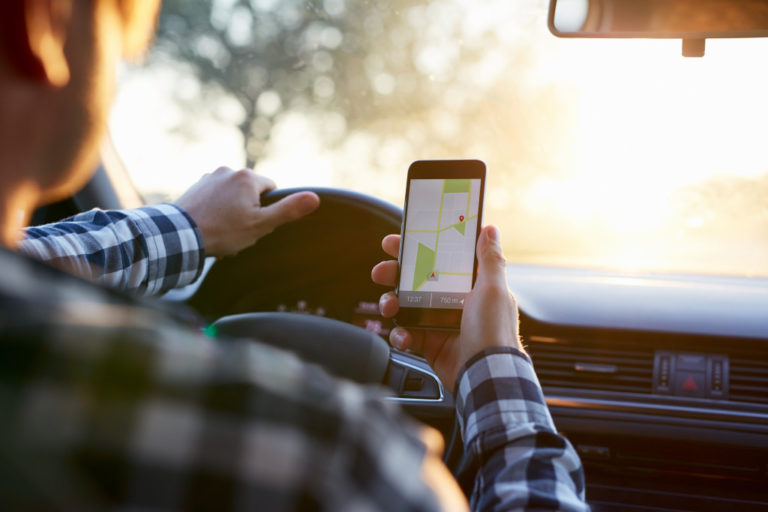Advancement in technology has made life faster and more convenient for the recent generation. When you look back at how things used to be, it’s a little bit weird to think about how people lived without portable devices, GPS, and hand-held tools.
Hole punching
Then: Electricians used to bear a small hole on the material and use other tools to widen the hold. They used “step bits, metal-cutting hole saws, and chisels.” This method is more time-consuming, requires a lot of effort, and leaves a lot of room for damage on the electrician’s part.
Now: Hydraulic hole punch and other knockout tools are hand-operated equipment that can penetrate aluminum, fiberglass, plastic, steel, etc. They can punch different sizes of holes up to 6 inches in diameter. These innovations in electrical tools are built with industrial-strength to withstand punching holes in stainless steel.
Wireless technologies
Then: In the past, access to the internet would need to power-up a whole bunch of processes, and a single phone call can interrupt the entire connection. Cellular phones were as huge as a brick with an antenna that the user needed to pull out every time. Before mobile phones were telephones that with a curly wire, and the entire house would be able to hear everything on the other unit.
Now: We’ve reached the 5G era that will replace the widely-used 4G LTE technology in the market nowadays. 5G uses three spectrum bands that work on various environments and situations. For instance, the low-band spectrum provides area coverage and wall penetration but maxes out at 100Mbps while the high-band range is its opposite: it can offer up to 10Gbps but cannot cover a wide area. 5G will be faster than the previous generations of wireless connectivity, and future smartphones will feature this.
Location, tracking, and mapping
Then: If we try to look back in ancient times, we could say identifying one’s location depended on the stars. Eventually, inventions like maps and compasses began informing people of directions and details about their destinations. In the 1960s, the Global Positioning System (GPS) was used by scientists to track satellite navigation. By using the “Doppler Effect,” they were able to “pinpoint the submarine’s location within a matter of minutes.” In 1993, the Navigation System with Timing and Ranging (NAVSTAR) satellite, became active for 24 hours.
Now: GPS has now gone a long way as every mobile device, such as laptops, phones, and cars, has integrated GPS in them. Aside from accessing maps and retrieving directions, national security systems now use GPS for national defense and homeland security. With apps like Google Maps and Waze, businesses are using GPS for commercial purposes by registering their store locations for their consumers to see.
We are embracing technology.

Some purists and older generations often reject technological advancements, but what they may struggle to realize is how most of our world’s tasks rely so much on these innovations. Still, it’s incredible to look back and ask younger generations about things from the past. They usually don’t recognize them, and we’re faced with the question: “How did that work?”



